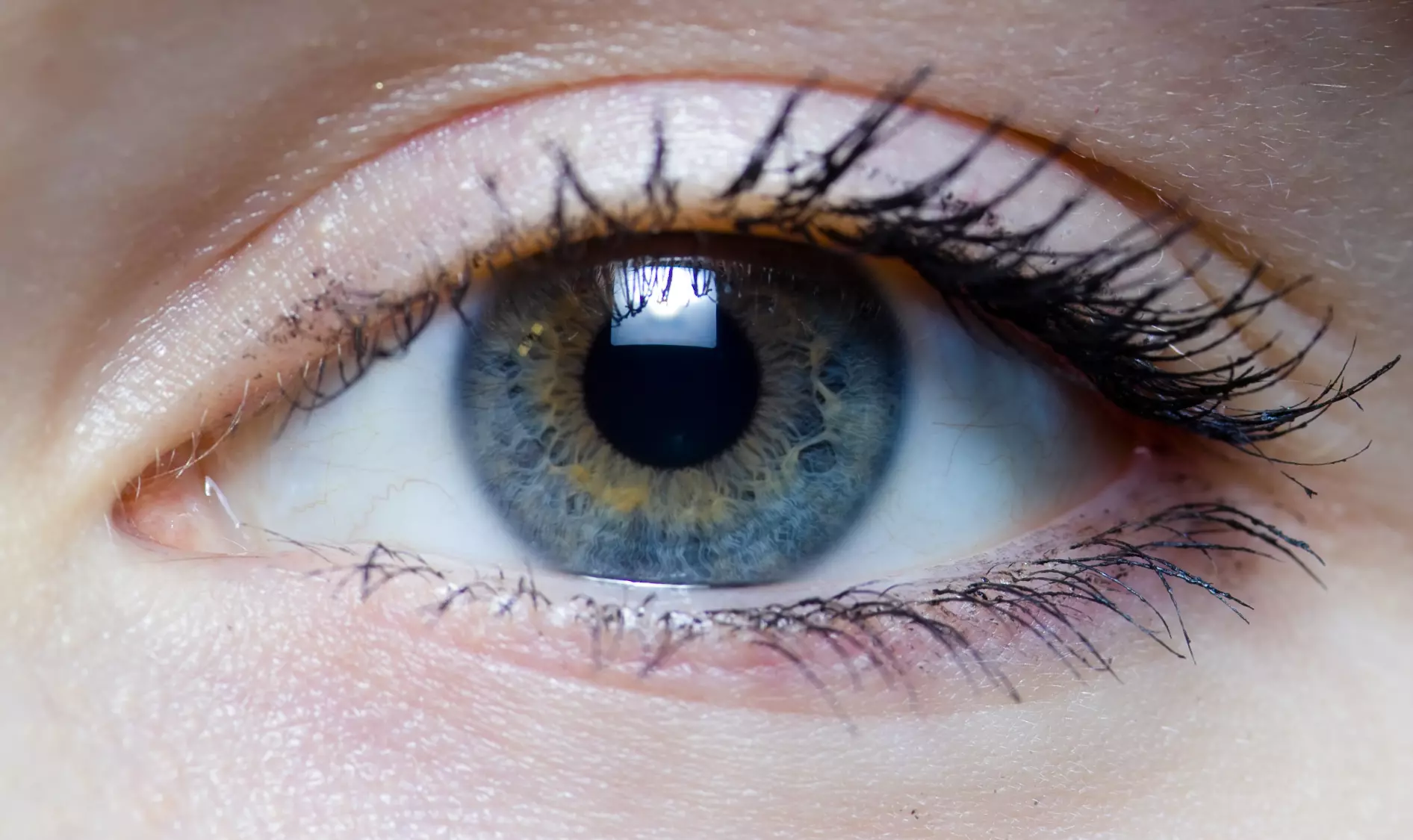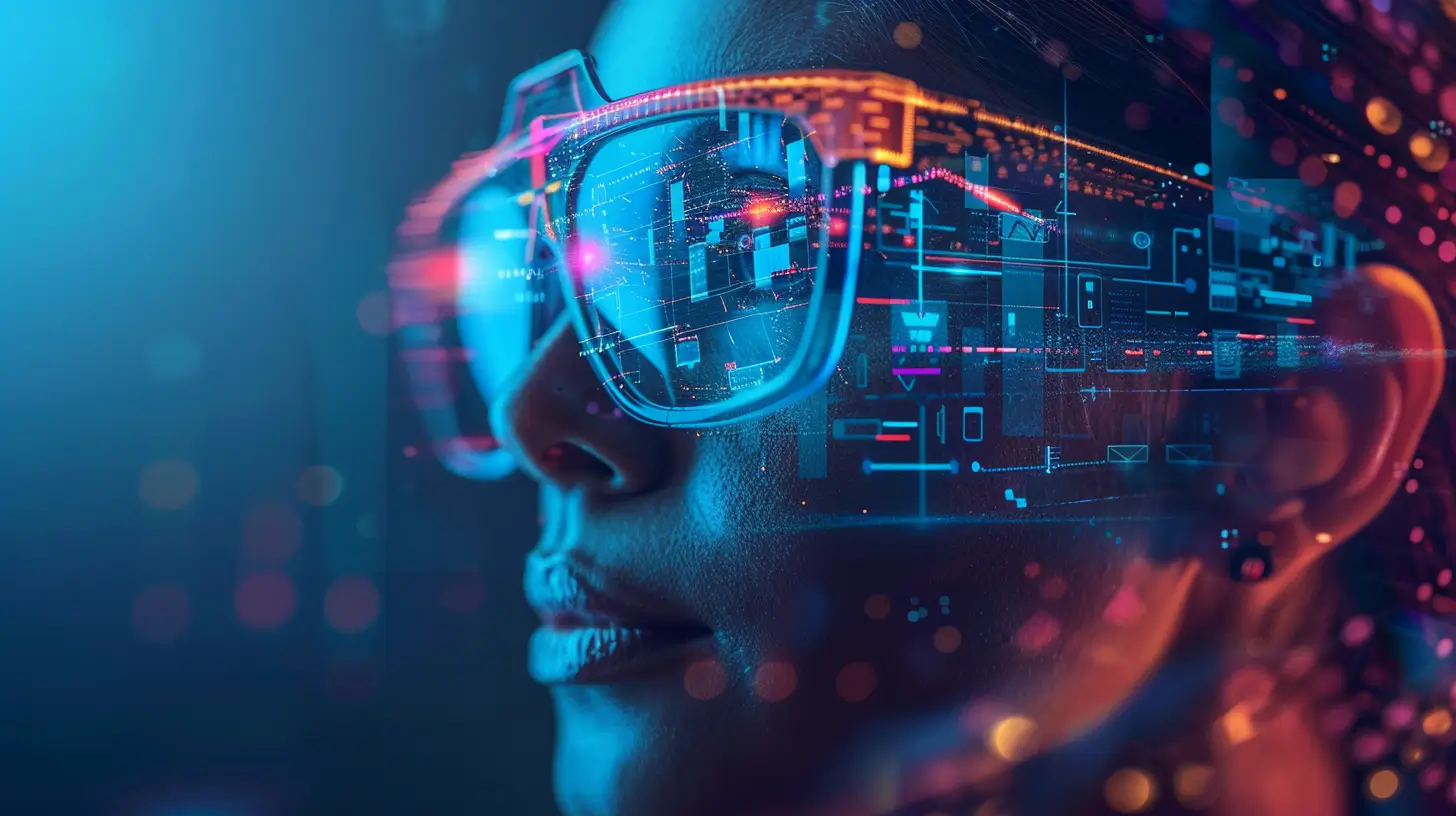Dry vs. Wet Macular Degeneration Explained
2020-06-17 | By Orcam Staff

There are many eye conditions out there that unfortunately affect human vision in a negative way. One common condition is macular degeneration. You’ve likely heard of it, or may even know someone who is affected by it, but what exactly is macular degeneration? How does it affect a person’s vision? What’s the difference between dry macular degeneration and wet macular degeneration? In this article, our goal is to clear things up for you.
The Science Behind Macular Degeneration

According to the American Macular Degeneration Foundation (AMDF), macular degeneration “is caused by the deterioration of the central portion of the retina, the inside back layer of the eye that records the images we see and sends them via the optic nerve from the eye to the brain. The retina’s central portion, known as the macula, is responsible for focusing central vision in the eye, and it controls our ability to read, drive a car, recognize faces or colors, and see objects in fine detail.”
Unfortunately, macular degeneration is the leading cause of vision loss in America. With over 10 million cases, it affects more people than cataracts and glaucoma combined.
The job of the macula is like the film in the camera, it gathers all the detailed images and sends them to the brain via the optic nerve. When the macular cells are damaged or lost, vision slowly becomes blurry to wavy, and eventually, in severe cases, the entire central vision is lost. Although a person with severe macular degeneration can still see from the sides of their eyes, peripheral vision is not as clear or strong as central vision and they are considered legally blind.
Most cases of macular degeneration occur as people age, hence the name Age-Related Macular Degeneration (AMD). The specific factors that cause the disease are not known conclusively. However, Stargardt’s Disease is a form of macular degeneration found in children and is completely genetic.
What is Dry Macular Degeneration?

Dry macular degeneration is the most common form of the disease, and 85%-90% of the cases of people who have it are “dry”. It occurs mostly in people over 50, due to the thinning of the macula.
Symptoms usually develop gradually and without pain. According to the Mayo Clinic, dry macular degeneration usually affects both eyes. Symptoms include distorted vision such as straight lines seeming bent, the need for brighter light when doing work, difficulty recognizing faces, and more.
What is Wet Macular Degeneration?

With wet macular degeneration, blood vessels grow in beneath the macula. These blood vessels leak fluid into the retina, causing vision distortion and blind spots. Eventually, these blood vessels turn into a scar, resulting in total loss of vision.
Most people don’t end up with wet macular degeneration, as only 10% of cases of dry macular degeneration turn into wet macular degeneration.
Treatments & Solutions

Right now, there is no cure for macular degeneration. To reduce the risk, people can maintain a healthy lifestyle of diet and exercise, avoid smoking, and protect your eyes from UV rays.
Someone with AMD can take certain medications that prevent the creation of blood vessels to slow down the loss of vision, or use laser therapy to destroy the growth of unwanted blood vessels in the eye.
Low vision aids are devices that help people with vision loss. One such device, the OrCam MyEye, can help people with visual impairment regain and increase their independence by allowing them access to visual information (text, faces, products, colors), conveyed by audio.
This can be a huge service to anyone with either one of the forms of macular degeneration. OrCam MyEye uses optical character recognition (OCR) to scan entire pages of text at the point of your fingers and uses artificial intelligence to read it back to you seamlessly. It can read text, recognize barcodes, faces, identify products, money notes, colors, and can even tell the user the time and date.
Summary
Macular degeneration affects millions of people in the U.S. and around the world. Fortunately, only a small percentage of the cases are very severe. While there is no cure, for the majority of people with AMD, quality of life can be improved and maintained by the use of low vision aids.
More Stories

Veterans Associations and How They Can Help You - OrCam
2024-06-24 | By OrCam Staff

Top AI Assistive Technologies Enhancing Accessibility | OrCam
Explore how AI-driven assistive technologies are revolutionizing accessibility for individuals with disabilities.
2024-05-29 | By OrCam Staff

AI in Education: Enhancing Accessibility for All Students | OrCam
AI is changing the face of education by enhancing accessibility. Explore practical applications and success stories in educational technology.
2024-05-28 | By OrCam Staff

Revolutionizing Accessibility: How AI & IoT Enhance Assistive Technology
Explore the impact of AI and IoT on assistive tech, transforming accessibility and empowering lives with smart innovations.
2024-05-28 | By OrCam Staff

Transforming Lives: AI & IoT in Assistive Tech | Personal Stories
Read inspiring personal stories about the transformative power of AI and IoT in assistive technology.
2024-05-28 | By OrCam Staff

Unlock Reading Freedom: Tech for the Visually Impaired
Explore the latest in assistive technology designed to empower visually impaired individuals with independence and confidence.
2024-05-23 | By OrCam Staff



